Advertisement
Field Guide to Boston
Snapshots of past solar eclipses across New England
On Monday, April 8, parts of New England will experience a total solar eclipse. The path of totality will cross through Vermont, New Hampshire and Maine.
The region has been in the path of totality five times in the past century, according to NASA. The celestial spectacles occurred in 1925, 1932, 1959, 1963 and 1970. There also was an annular eclipse in 1994.
Here's a look back at attempts to capture those fleeting moments through the years:
Jan. 24, 1925
In 1925, the path of totality passed through most of Connecticut, Rhode Island and a little bit of Massachusetts.
The day was cold, but the sky was clear.
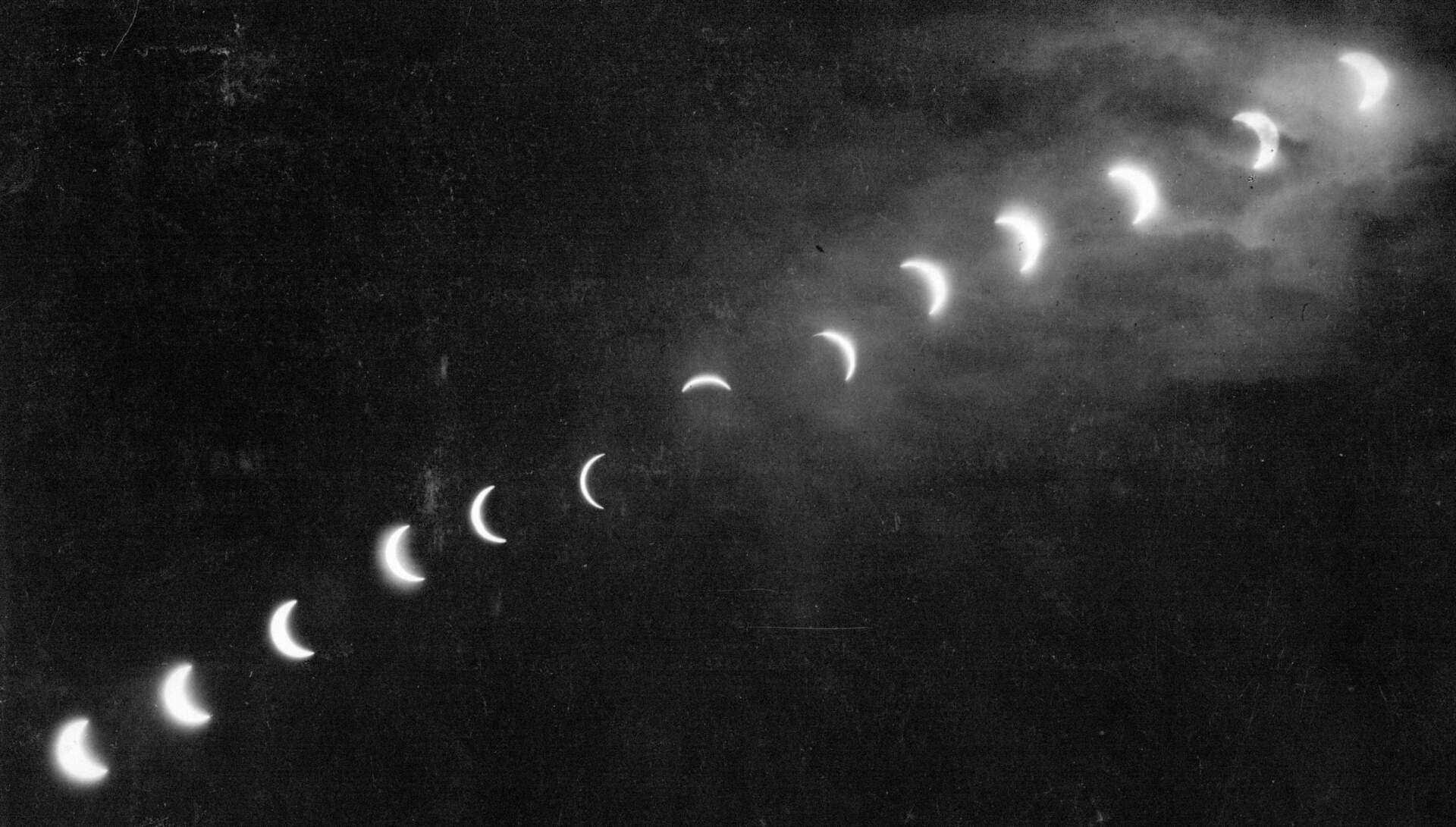
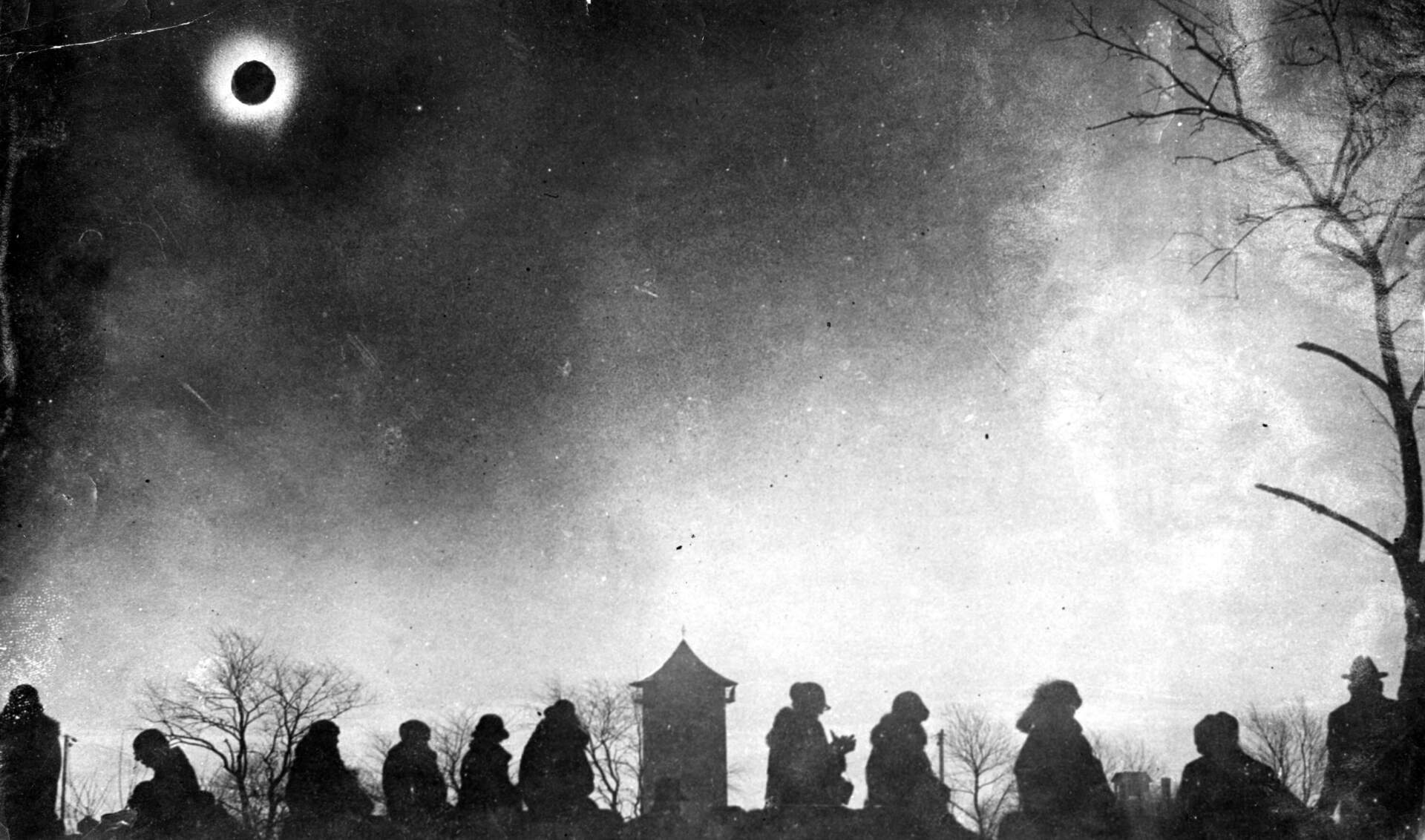
Aug. 31, 1932
In 1932, the path of totality passed through northern Vermont and New Hampshire, southern Maine and a small portion of Massachusetts. Many areas reported cloud cover during the eclipse that year.
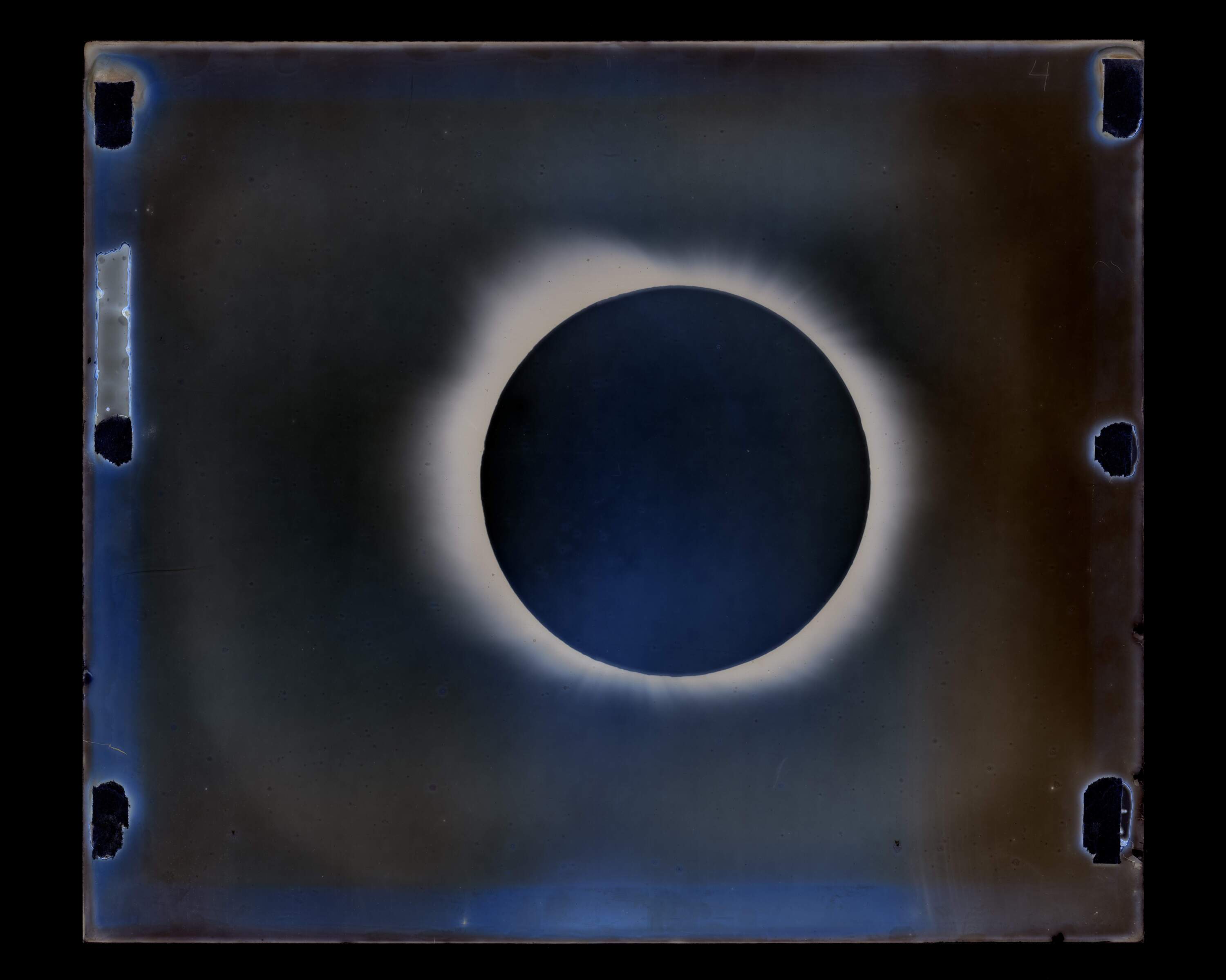
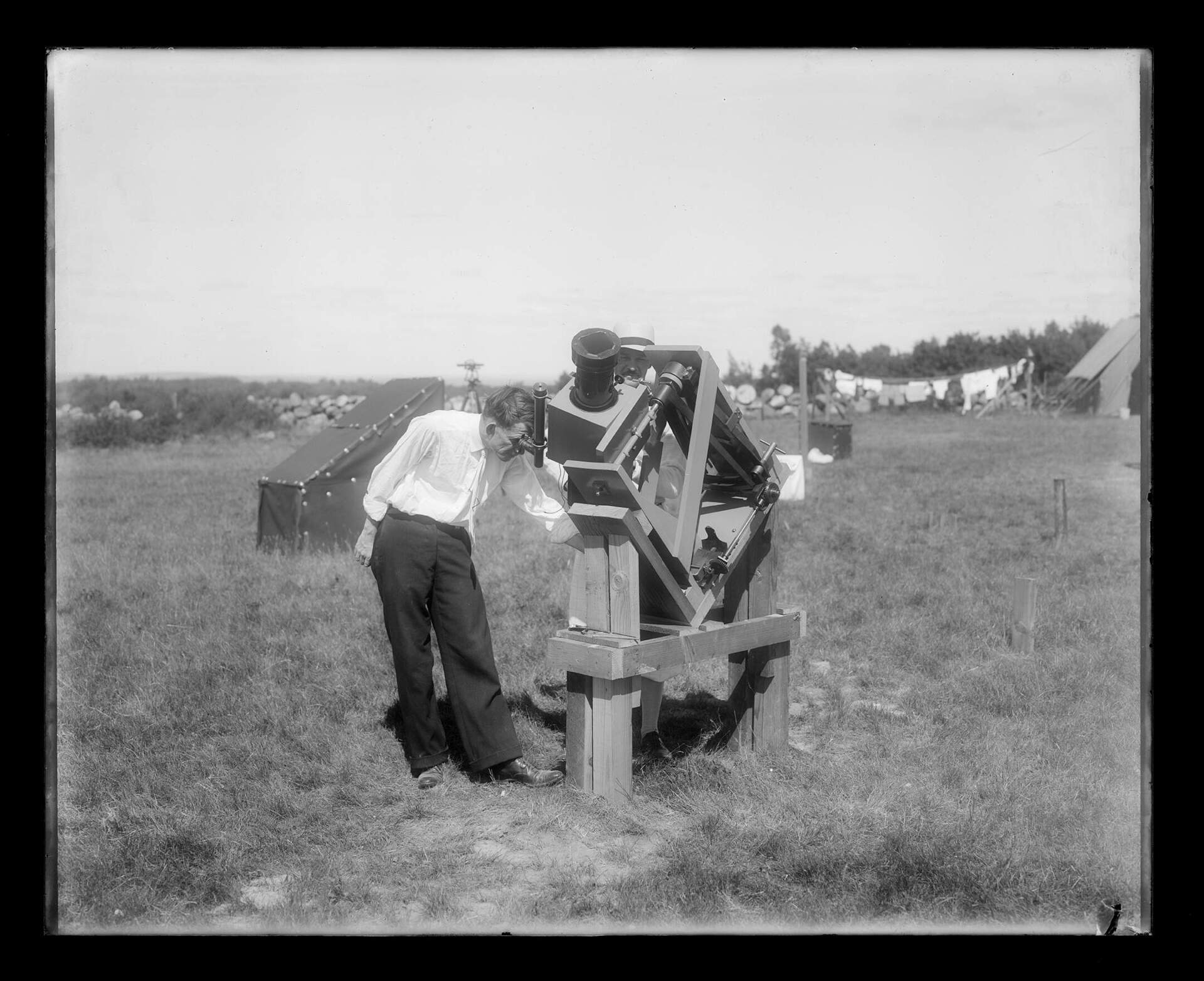
Oct. 2, 1959
In 1959, the path of totality passed through Massachusetts and southern New Hampshire. This was the only time in the past century that Boston was in the path of totality, but the view was obscured by rain and clouds.
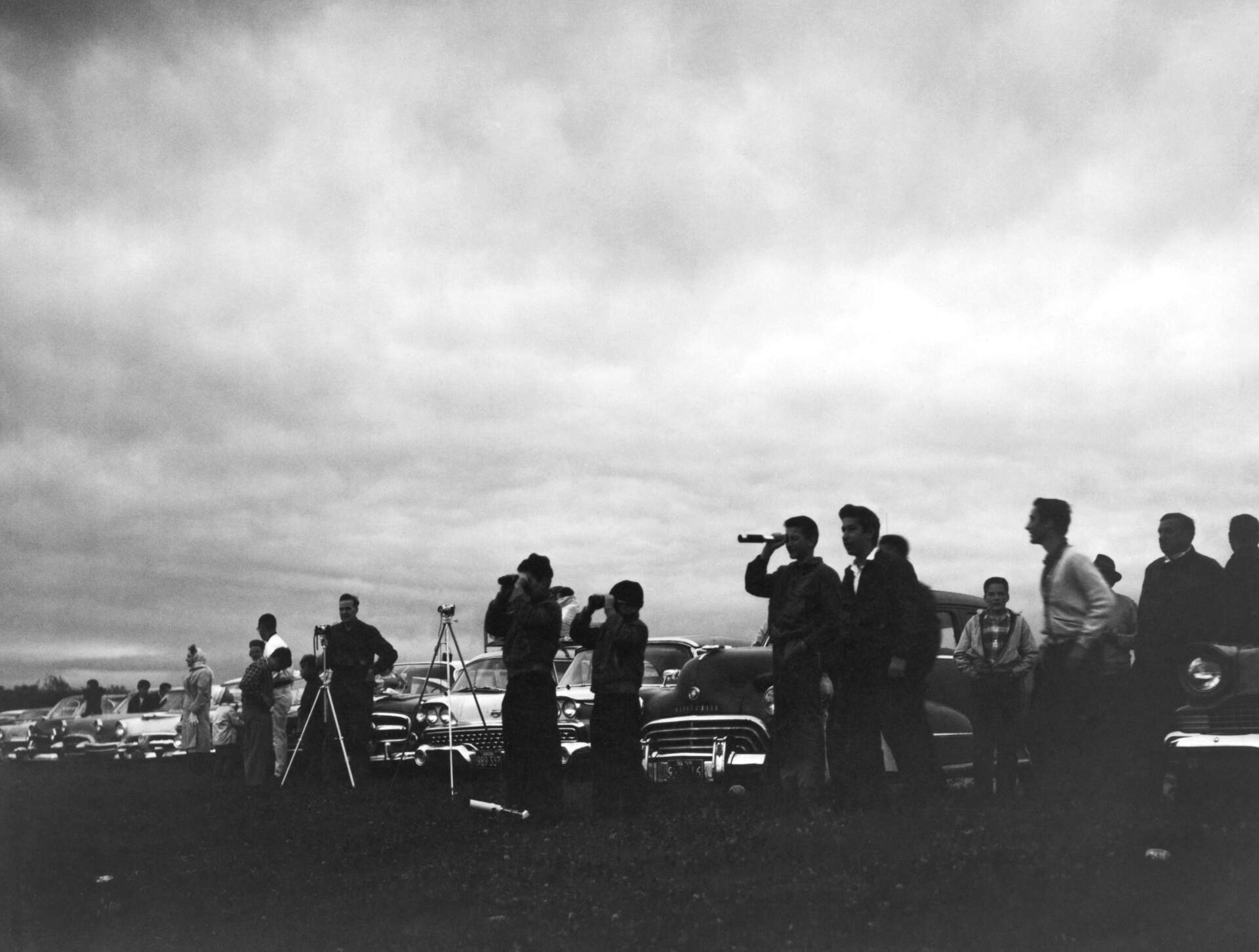
July 20, 1963
In 1963, the path of totality passed through Maine.

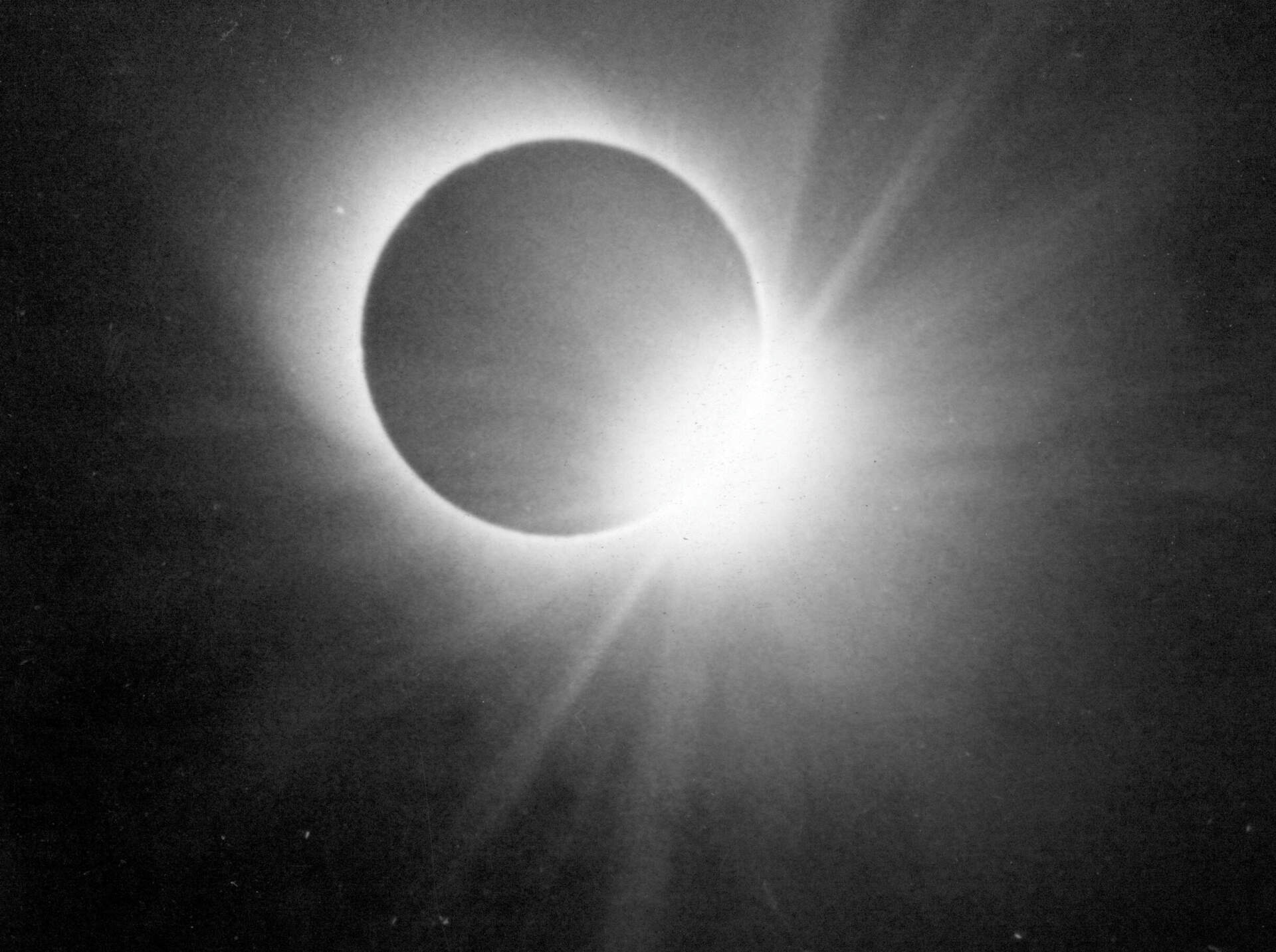
March 7, 1970
In 1970, the path of totality passed through Massachusetts technically, but only over Nantucket.

Aug. 21, 2017
This one doesn't really count: New England only saw a partial eclipse. In 2017, the path of totality crossed the full United States from Oregon through South Carolina. But folks in Boston still had a fun day gazing up at the sky — with eclipse glasses, of course.
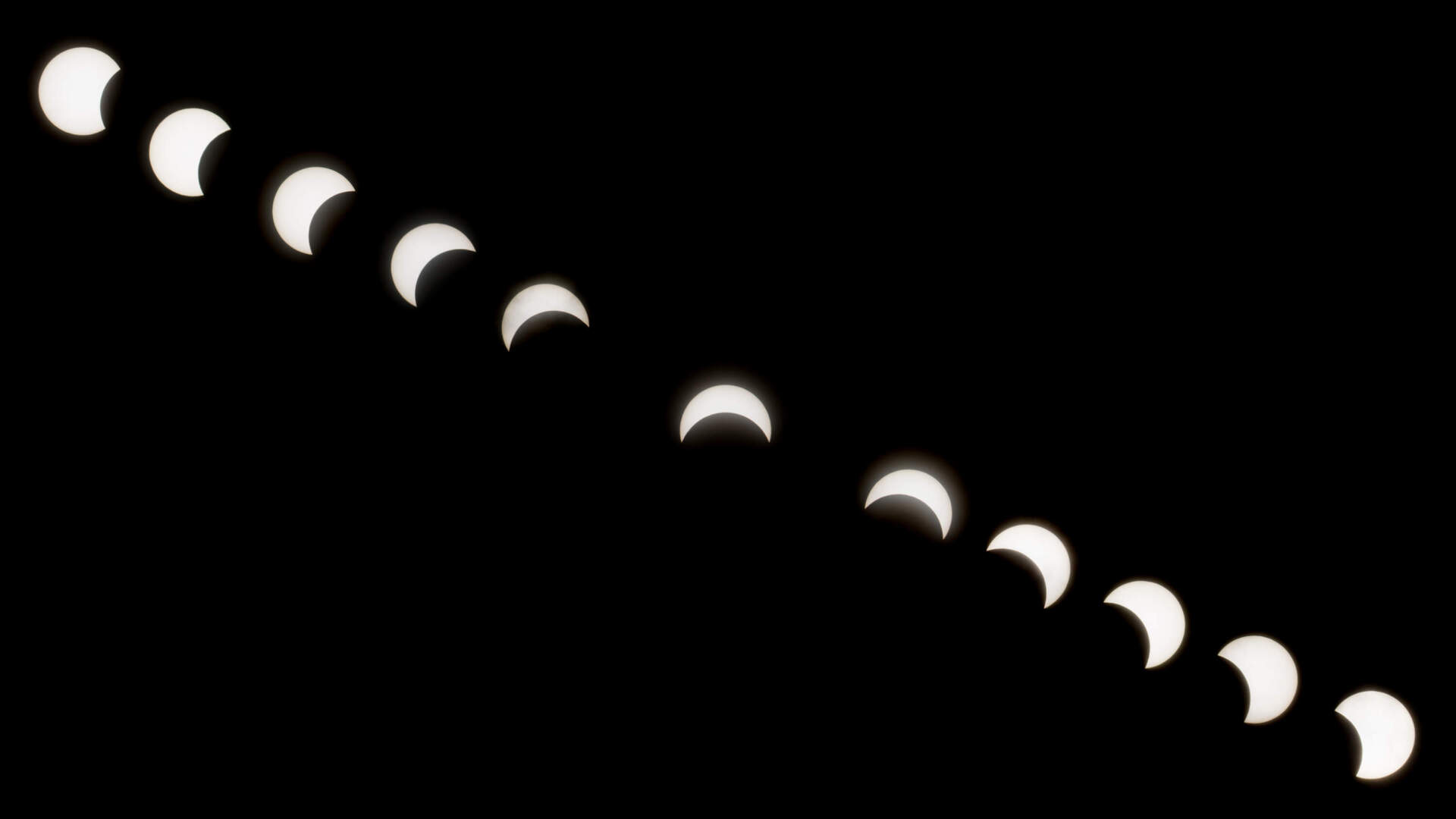
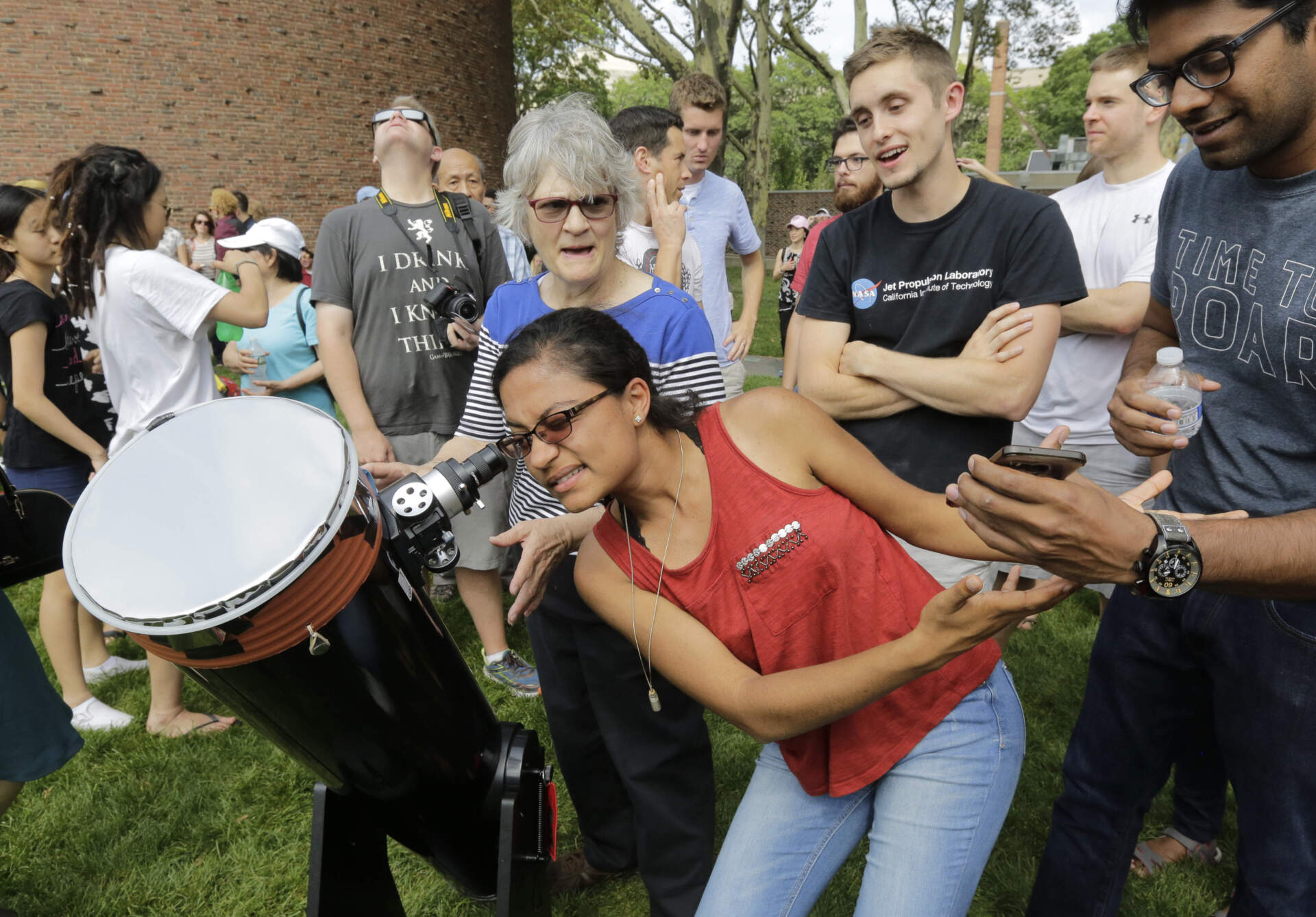
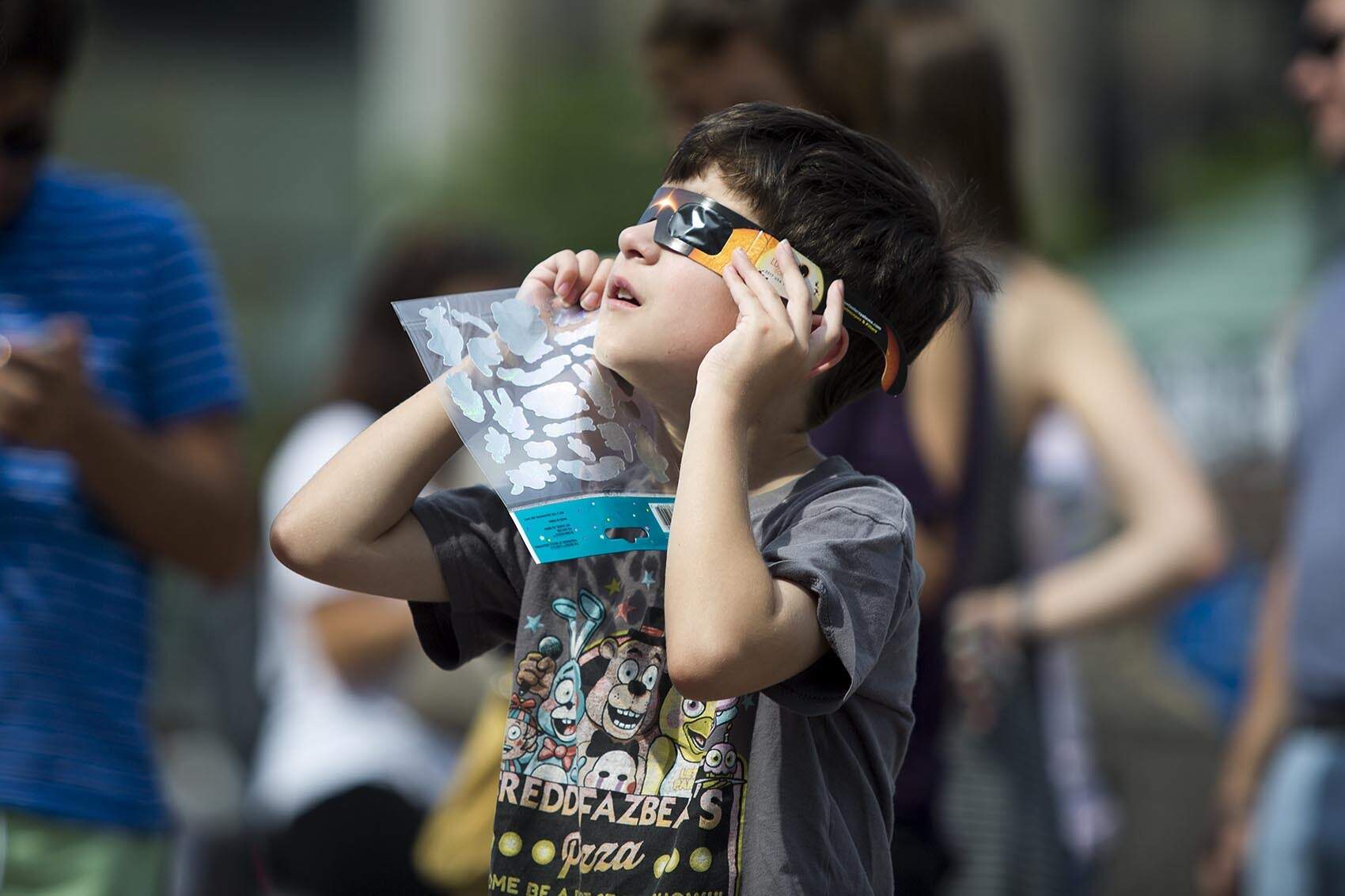
May 10, 1994 annular
An annular eclipse passed through Vermont, New Hampshire, Maine and Massachusetts. An annular solar eclipse occurs when the moon is far from the earth as it passes between the earth and the sun. Since the moon is farther away than it is during a total solar eclipse, viewers see a bright "ring of fire" around the moon.
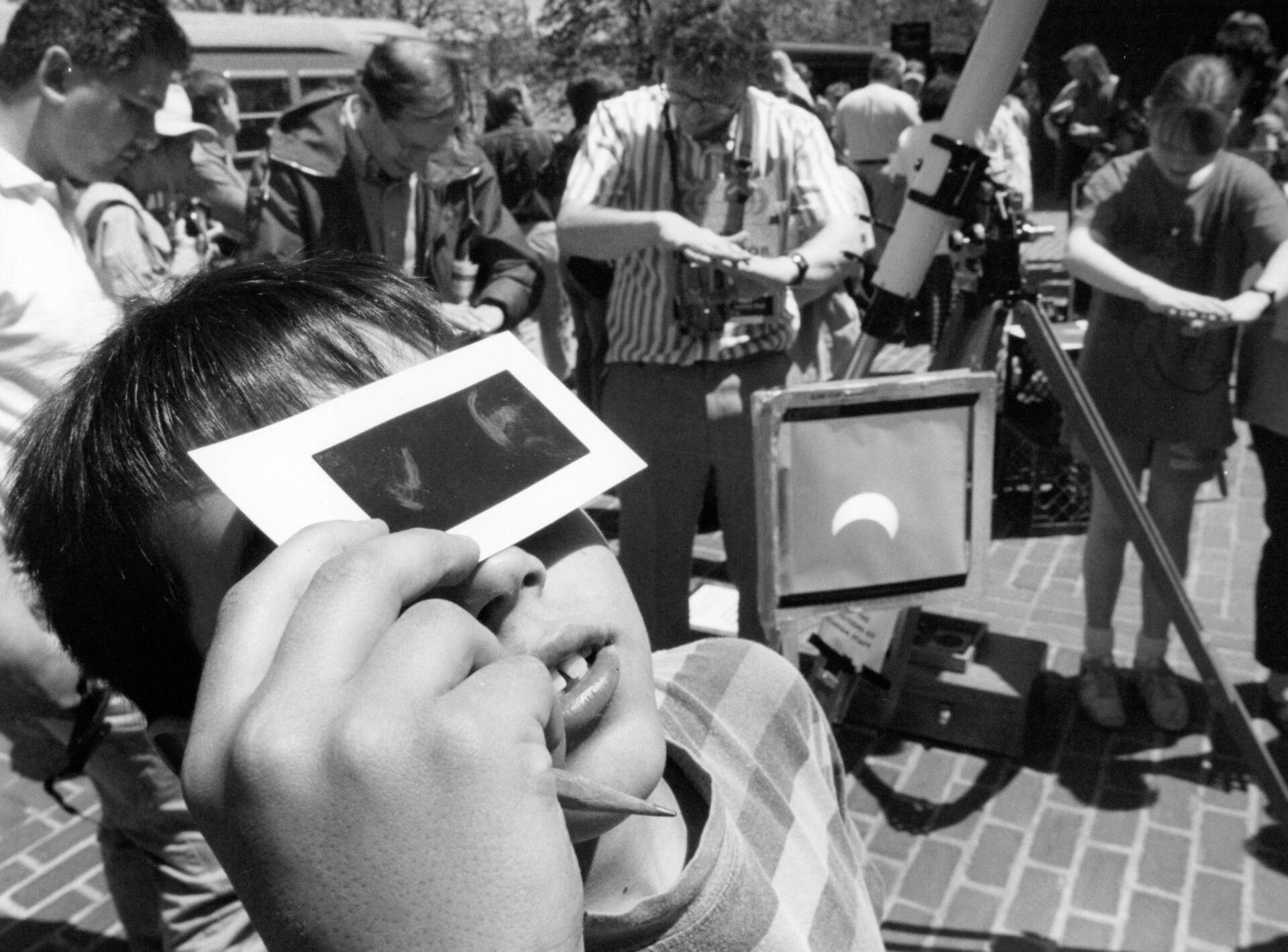
This year's total solar eclipse is on Monday, April 8.
There won’t be another chance to view a total solar eclipse in the contiguous United States until 2044. That eclipse will only be a partial one for viewers in New England. The path of totality will not cross through New England again until 2079.
